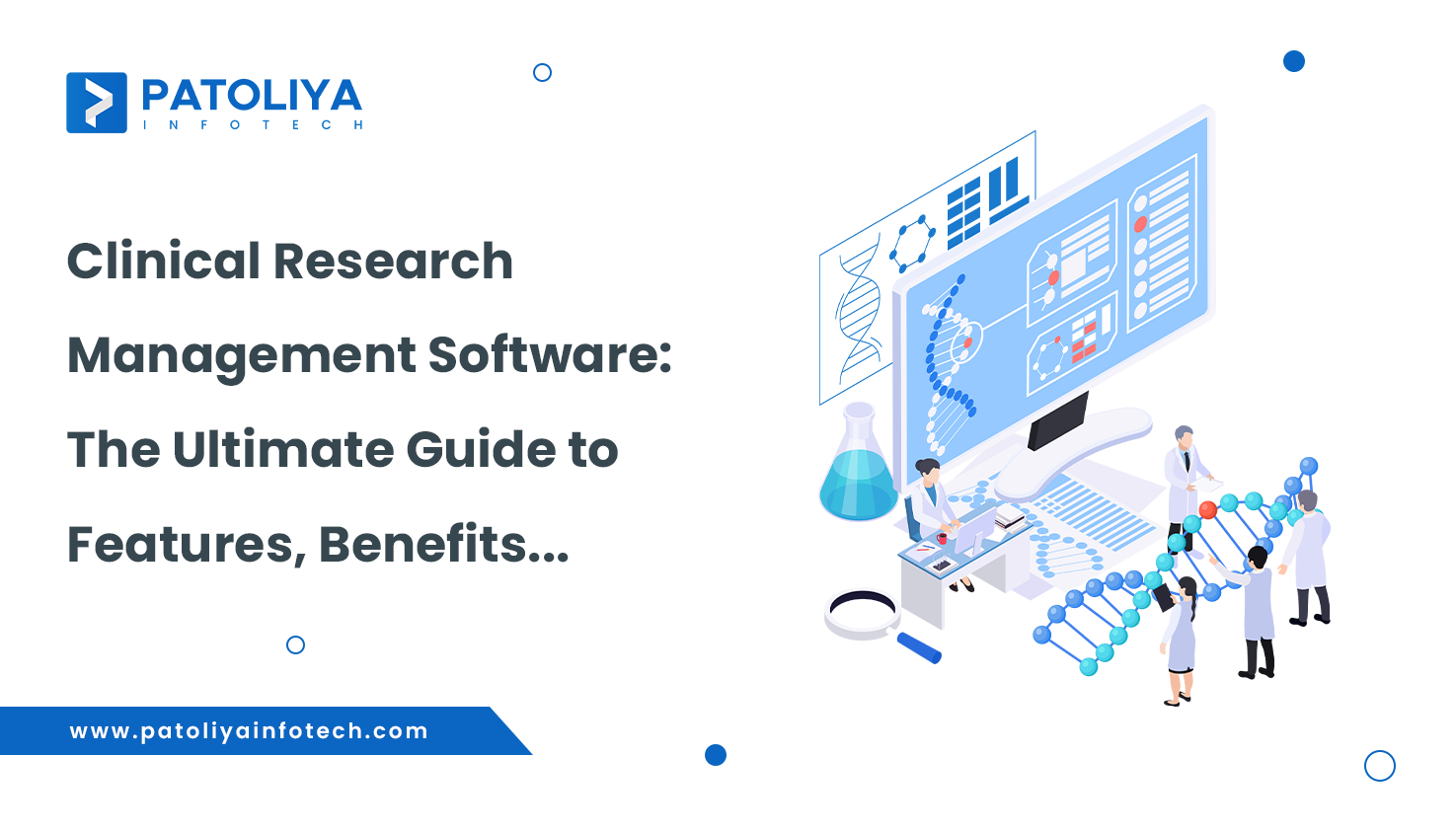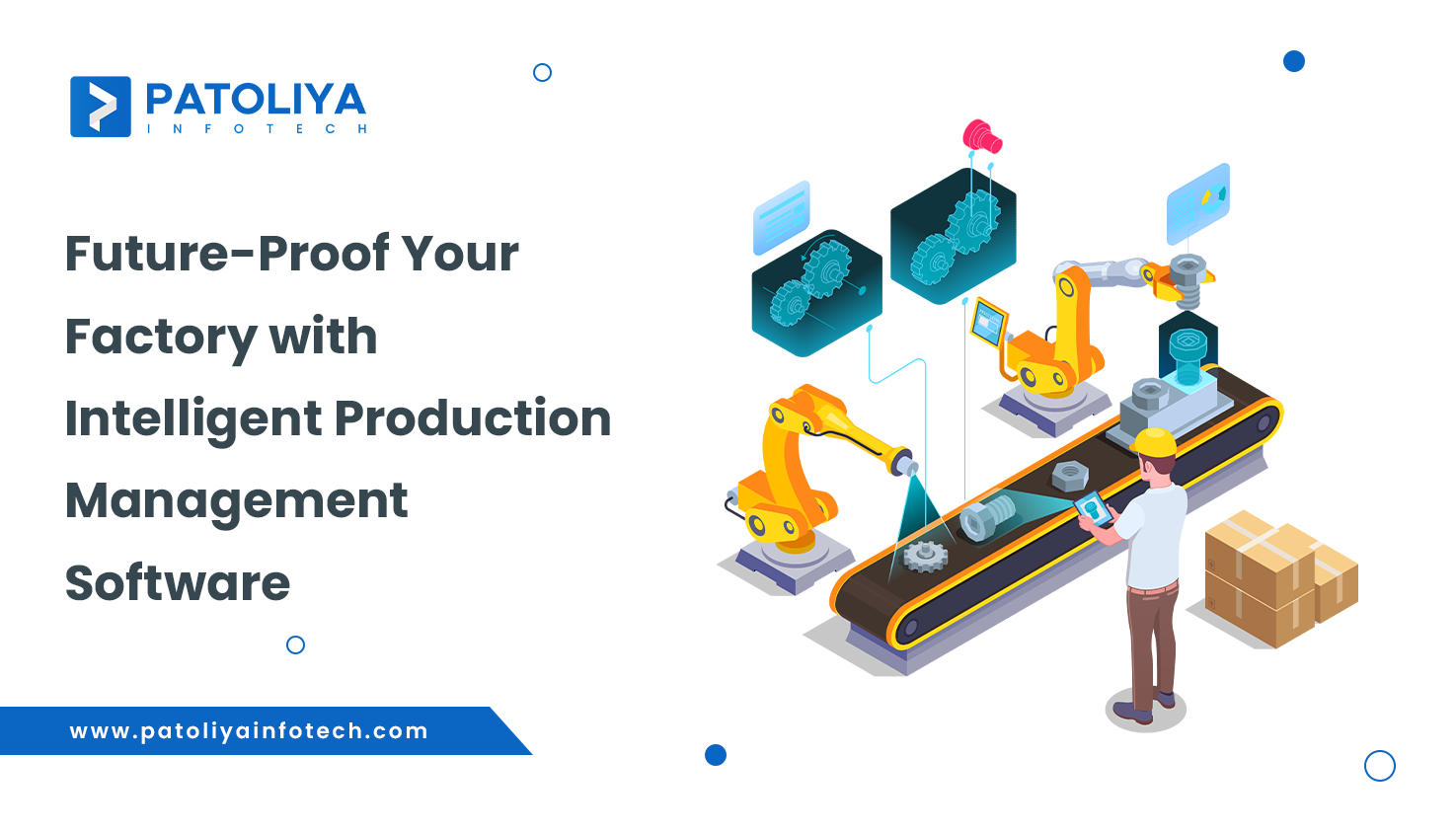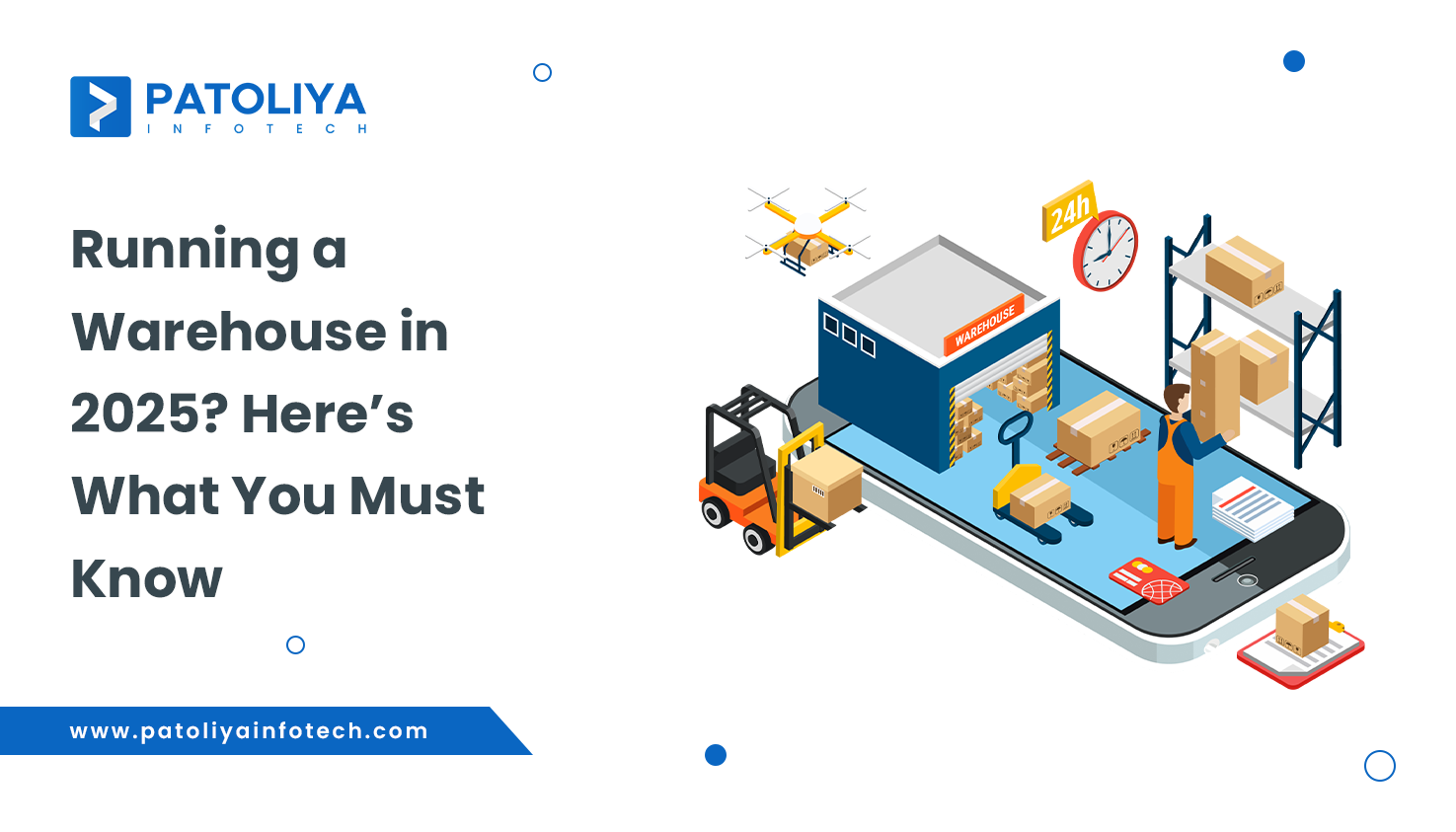How Connected Tech is Shaping the Future of Healthcare
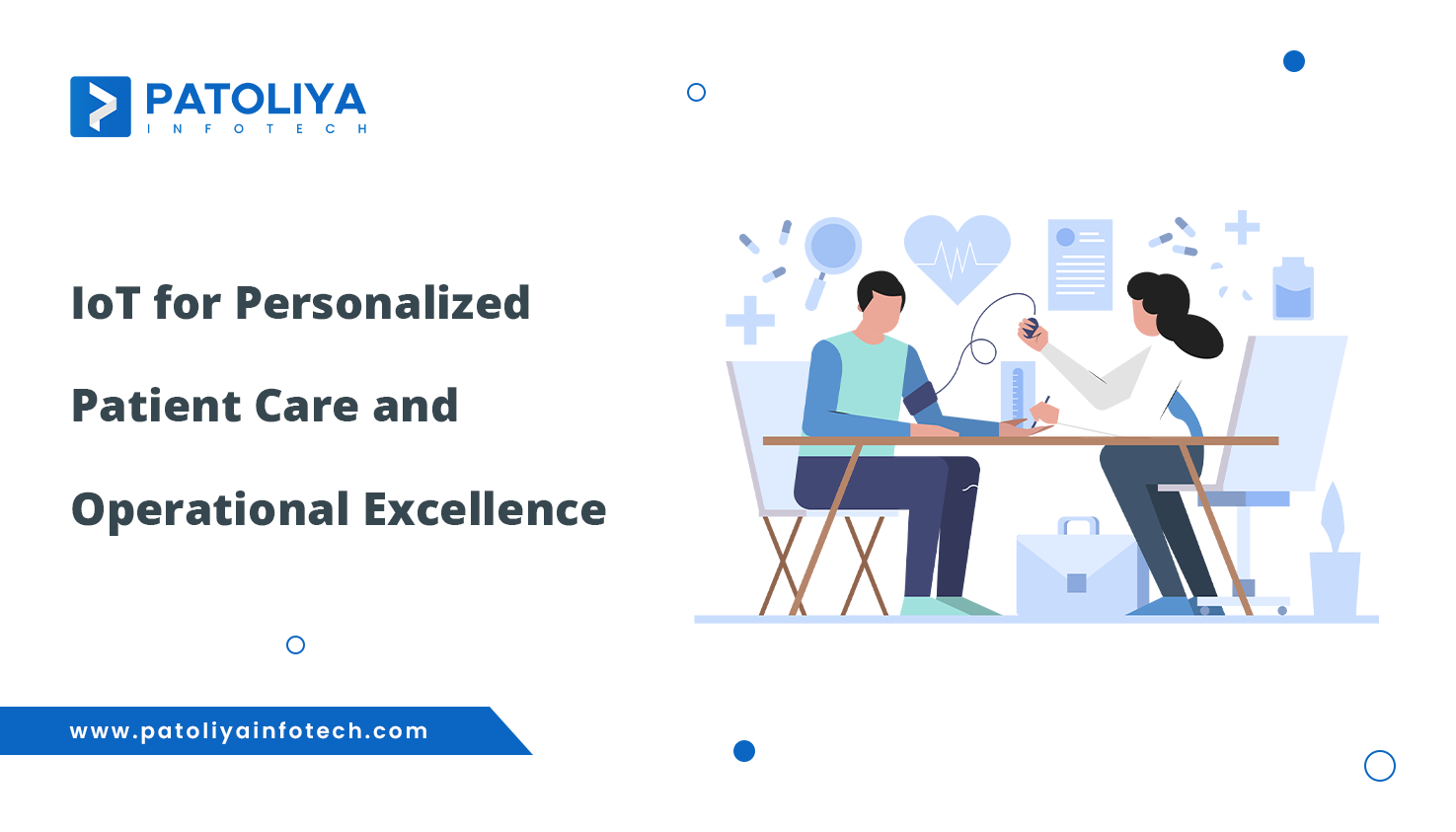
Table of Contents
The Internet of Things (IoT), which is empowering patients and providers through connected environments, is transforming healthcare. Smart devices track medication use, wearables monitor vital signs, and remote monitoring devices instantly alert doctors to potential problems This connectivity provides treatment not only customized systems but also increase productivity and improve outcomes.
By automating processes, reducing human error, and enabling timely interventions, IoT reduces costs and increases patient satisfaction. IoT is a revolutionary force that has the potential to change the future of healthcare by making it faster, more efficient and patient-centered. It’s not just fashion. This is evident when we look at the new applications of this technology.
The Evolution of IoT in Healthcare
The Internet of Things (IoT) has transformed the healthcare industry, from its humble beginnings to its current state. With the development of the Internet and wireless communications, Internet capabilities expanded through specialized medical equipment in the 1960s In the early 2000s, smart remotely controlled devices made monitoring possible health in real time.
A key development is wearable technology and remote disease monitoring systems. These developments have improved the management of chronic problems and enabled the delivery of quality health care. Together, IoT, AI, and data analytics deliver more personalized care, improved patient outcomes, and predictive analytics.
One example of how technology can change people’s lives is the way the Internet is applied to health care. As we explore the possibilities, we can imagine a time when health care can be accessible, efficient, and inclusive.
Get inspired for developing your own innovative ideas by investigating the newest technological developments influencing healthcare. Jump in today to acquire the knowledge you need to develop the upcoming medical technology revolution!
How IoT is Transforming Patient Care
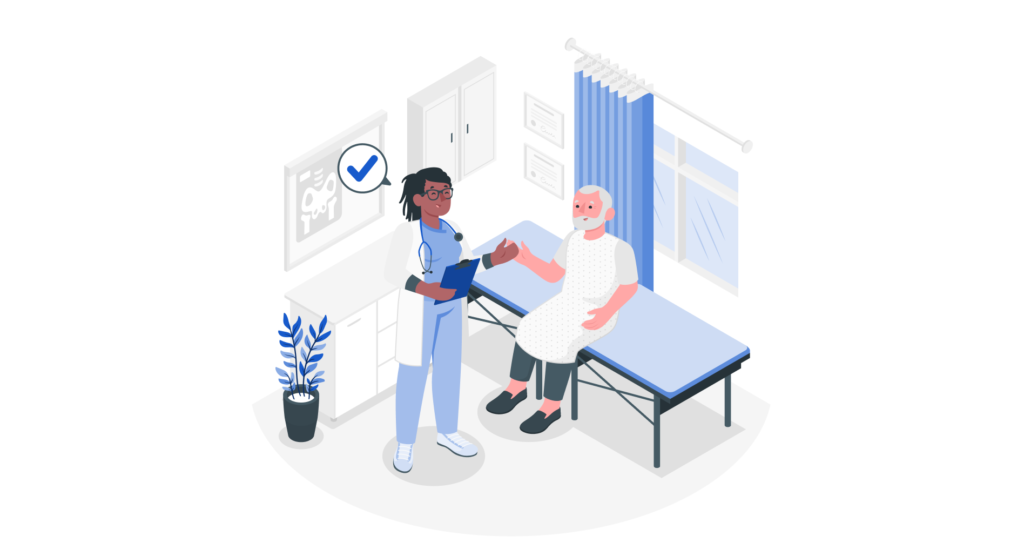
Through its impact on physician communication and patient management, the Internet of Things (IoT) is revolutionizing patient care. Thanks to wearable technology and smart sensors, real-time healthcare is undergoing a transformation. This technology enables continuous monitoring of vital signs such as heart rate, blood pressure and oxygen saturation, providing instant access to critical information for physicians, accelerating physician feedback with real-time feedback improve chronic disease outcomes and reduce unnecessary hospital stays.
Remote disease management (RPM) is another revolution in healthcare IoT. RPM dramatically increases access to treatment by enabling individuals to manage their health from the convenience of their home. Healthcare providers can reduce overall costs, make healthcare more comfortable, and monitor healthcare systems remotely to ensure patients are on top of treatment recommendations. RPM is becoming an integral part of modern healthcare, enabling personalization of everything from managing chronic diseases to promoting postoperative care.
A key component of this IoT-powered ecosystem is emergency notifications. When the patient and his or her medical team receive immediate alert that the patient’s health information indicates a potential emergency, such as exceptional need, which assures prompt action that can save lives.
All things considered, IoT is revolutionizing acute care by providing smarter, more efficient ways to manage healthcare and improve the patient experience
IoT Devices and Their Applications
Wearable technology capable of tracking physical activity and health has emerged as an important part of the Internet in the healthcare industry. Heart rate, physical activity, sleep schedule and blood oxygen levels affect many healthy variables -exercise followers and intelligent health researchers follow it about. These wearables enable work people and control their health. Wearable technology is important in medical settings to manage patients with chronic diseases such as cardiovascular disease. This provides ongoing monitoring and helps doctors make better treatment decisions.
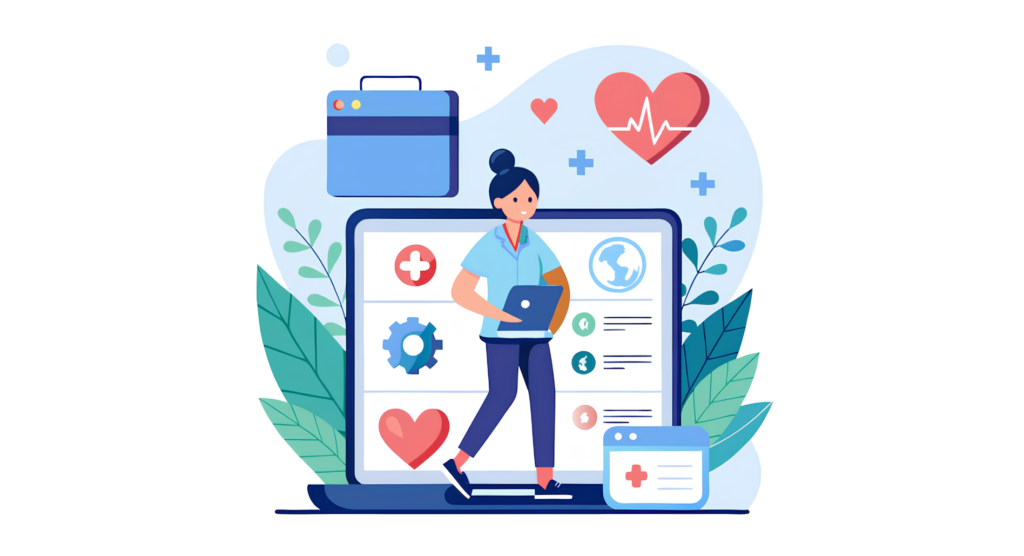
Another important application for IoT is connected inhalers, especially when it comes to treating chronic respiratory diseases like COPD, asthma, etc. These smart devices are designed to monitor medications to obtain additional information on inhaler use. They can tell patients when it’s time to take a medication, and their data can be presented to doctors to track adherence and assess how well treatment is working. When patients use their associated inhalers and have a good routine, asthma episodes and flares are reduced, which in turn improves overall disease control.
Patient adherence control is being converted by means of smart pill dispensers, in particular for human beings with cognitive impairment or complex drug regimens. When a drug disappears, those gadgets can notify sufferers and caretakers. They're dedicated to liberating the ideal range at the perfect second. By automating medicinal drug management and tablet shipping, reducing the margin of mistakes, and making sure that patients take their prescribed medicinal drugs as directed, clever pill dispensers decorate patient health outcomes.
Enhancing Operational Efficiency in Healthcare Facilities
The healthcare industry is being dramatically transformed by the Internet of Things (IoT), increased productivity, increasing ease of use in new ways and tracking and monitoring of resources is one of the most remarkable applications of this technology . . . . Hospitals can reduce costly losses and misplacement by using IoT-enabled devices to track the location and time status of critical equipment such as wheelchair ventilators and infusion pumps internally This will also reduce the time spent by staff searching for equipment.
IoT is even changing healthcare practice by facilitating better interdepartmental cooperation. Communication is enhanced and the process is automated by connected devices. For instance, Internet of Things sensors installed in patient beds may alert workers when it's time to clean or vacate. However, by better allocating resources, intelligent scheduling systems drastically cut down on patient waiting times. This automation allows health care professionals to concentrate on patient care rather than personnel.
IoT is also necessary to enhance infection prevention techniques. Intelligent sensors and related monitoring systems allow for strict adherence to sterilization protocols, air quality monitoring, and hand hygiene compliance monitoring. This approach protects patients and employees while preventing the spread of illnesses in healthcare facilities and improving the general standard of care.
Want to know how hospital management software can streamline operations and improve patient care? Dive into this comprehensive guide to learn the essentials to build or improve your system—designed for new healthcare providers like you!
Challenges and Considerations in Implementing IoT
The Internet of Things (IoT) is causing an important shift in healthcare by enhancing quality and streamlining processes in novel ways. One amazing use of this technology is the tracking and management of resources. By employing IoT-enabled devices to track the position and condition of critical equipment, including wheelchair ventilators, infusion pumps, etc., in real-time, hospitals can reduce costly loss and mislocation by reducing the amount of time staff members spend searching for equipment.
Communication is another important issue. One of the biggest challenges in the healthcare industry is ensuring that multiple IoT devices and systems can communicate and communicate with each other as data is fragmented due to lack of standardization, it can be difficult for medical staff to find a patient a complete picture of health . To address these connectivity issues, standard protocols and technologies must be developed that enable seamless device integration across manufacturers.
The success of IoT deployment depends on a robust planning process. Healthcare organizations need to invest in their reliable networks, up-to-date data storage methods and high-speed internet access to deal with the constant flow of data generated by IoT devices. Potential benefits of IoT, such as process automation and real-time analysis, may be limited.
Future Trends for IoT in Healthcare Industry
Real-time analytics, enhanced communication, and individualized care made possible by smart implants and advanced wearable technologies have the potential to revolutionize patient care in the future. Patients can now continuously monitor their health using reference parameters thanks to the Internet of Things (IoT).
Telemedicine is being used more and more because it facilitates remote consultations between patients and doctors, cutting down on needless hospital visits and wait times. Faster data transfers for remote surgery and telemedicine services will be possible with 5G integration, which will further enhance connection. The enormous volumes of data produced by IoT devices will also require AI for analysis, enabling predictive analytics to spot any health issues before they worsen.
Better patient outcomes and improved healthcare delivery are the end results of this combination of IoT and AI, which also increases diagnostic accuracy and streamlines clinical practice. This technology has the potential to improve access, efficiency and customization of healthcare services as they progress.
Conclusion
The Internet of Things (IoT) has begun to transform healthcare by fundamentally changing how patients are treated. Through sophisticated approaches, advanced data-driven decision making, real-time analytics, and remote disease management, the Internet is revolutionizing the tools that connect healthcare, provide useful information, and enable physicians and patients are empowered when such strategies work, and ultimately enhance health and outcomes and standards of care.
There are virtually no limits to the potential applications of IoT in healthcare. New technological advancements brought about by AI, machine learning and 5G connectivity will make healthcare more innovative and patient-centric in the future. Healthcare is becoming more accessible and efficient thanks to the precision, prevention and prediction of medication delivery enabled by IoT. At the center of the digital transformation of the healthcare industry are many opportunities to improve lives through IoT, laying the groundwork for a smarter, more health-conscious future.

